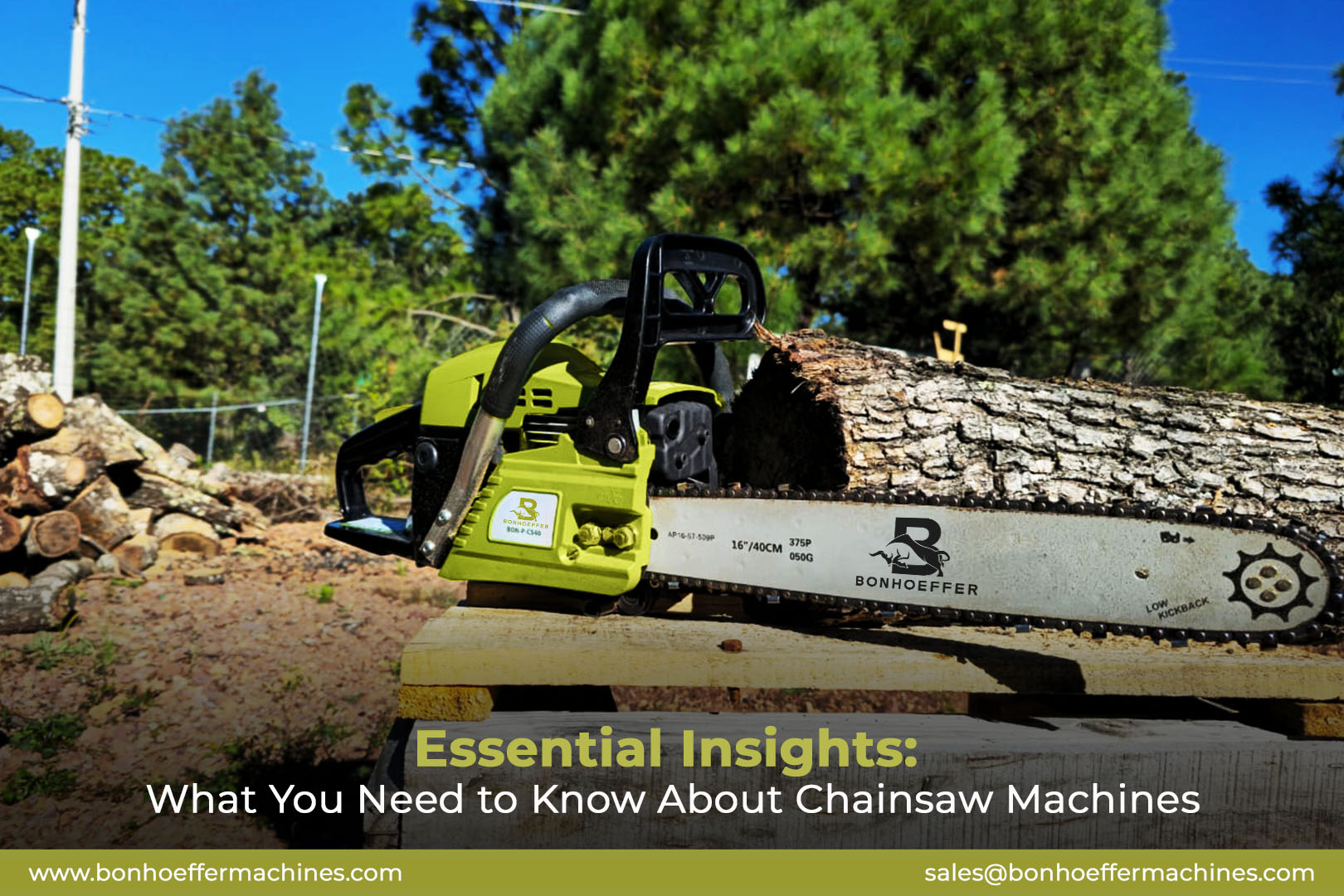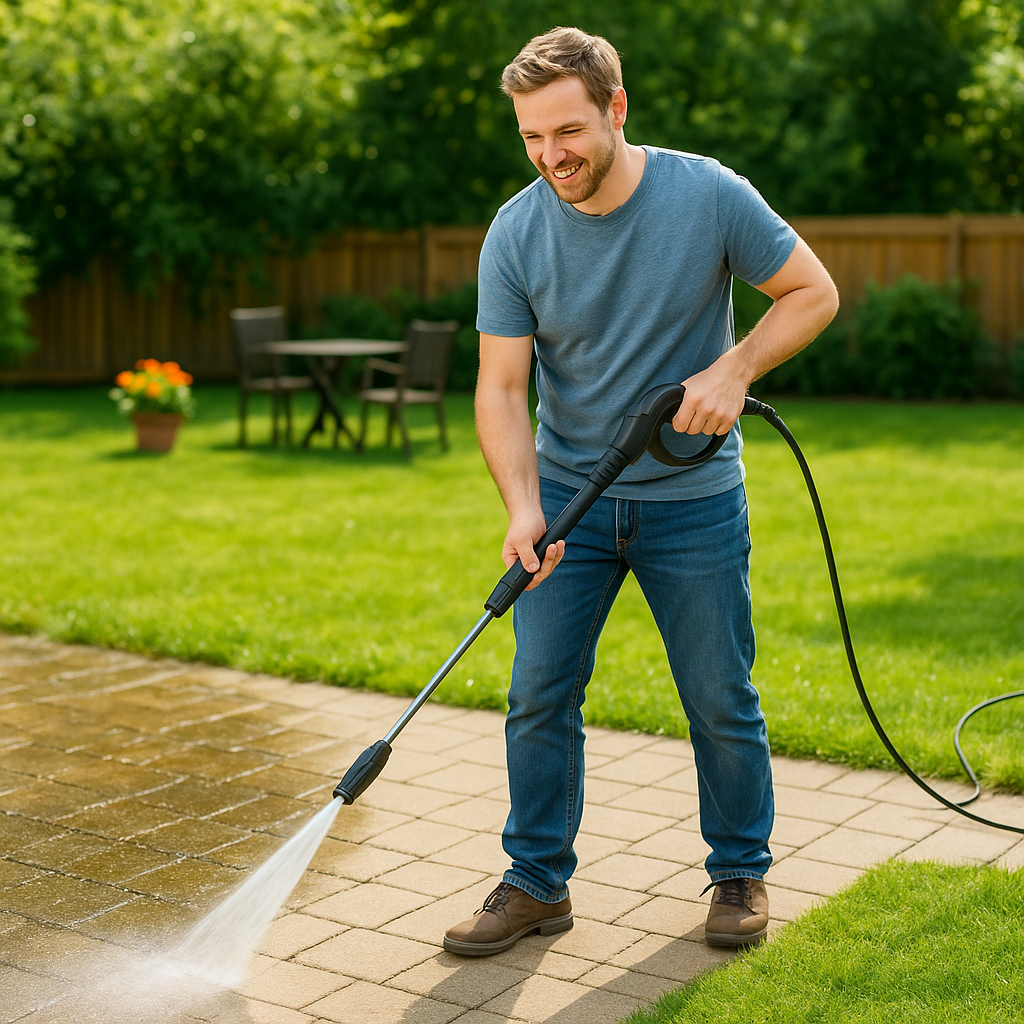
Chainsaws are indispensable tools for professionals and DIY enthusiasts alike. They are versatile, powerful, and essential for tasks ranging from tree cutting to intricate woodworking. However, understanding the core aspects of chainsaw machines is vital for their effective and safe use. Here’s what you need to know about these remarkable tools.
1. Types of Chainsaws
Chainsaws come in various types, each designed to meet specific needs
Gas-Powered Chainsaws: Ideal for heavy-duty tasks, offering high power and mobility. These chainsaws are great for cutting large trees and handling demanding workloads.
Electric Chainsaws: Lightweight and eco-friendly, these are perfect for smaller jobs around the house or yard. They come in both corded and cordless versions.
Battery-Powered Chainsaws: Combining portability with environmental friendliness, they are suitable for medium-duty tasks and offer the convenience of being cord-free.
Manual Chainsaws: Compact and efficient for small jobs like pruning and trimming.
2. Key Components of a Chainsaw
Understanding the parts of a chainsaw helps ensure its proper use and maintenance:
Engine or Motor: Provides the power to drive the chain.
Guide Bar: The flat metal bar that supports and guides the cutting chain.
Chain: The cutting mechanism equipped with sharp teeth to slice through wood.
Throttle and Throttle Lock: Control the speed of the chain while ensuring safety.
Chain Brake: A critical safety feature that stops the chain in case of kickback.
3. Safety Features to Look For
Chainsaws can be dangerous if not used properly. Modern chainsaws come equipped with safety mechanisms to minimize risks:
Chain Brake: Stops the chain immediately during kickbacks.
Anti-Vibration System: Reduces fatigue and improves user control.
Hand Guards: Protect hands from flying debris.
Low Kickback Chains: Designed to reduce the risk of sudden movements.
4. Chainsaw Maintenance Tips
Regular maintenance extends the lifespan of your chainsaw and ensures it performs efficiently:
Sharpen the Chain: A sharp chain cuts more effectively and reduces strain on the motor.
Clean the Air Filter: Prevent debris from clogging the engine.
Check Chain Tension: Ensure the chain is properly tensioned to avoid accidents or wear.
Lubricate the Chain and Bar: Proper lubrication reduces friction and overheating.
5. Choosing the Right Chainsaw
Consider the following factors when selecting a chainsaw:
Purpose: Identify the tasks you will perform, such as cutting logs, pruning, or detailed woodworking.
Size and Power: Match the size and power of the chainsaw to the scope of your projects.
Ease of Use: Look for lightweight models with ergonomic designs for better handling.
Budget: Choose a chainsaw that balances quality with affordability.
6. Safety Practices When Using a Chainsaw
Using a chainsaw requires caution and adherence to safety protocols:
Wear Protective Gear: Gloves, goggles, helmets, and sturdy boots are essential.
Inspect Before Use: Check for loose parts, proper chain tension, and sufficient lubrication.
Follow Manufacturer’s Instructions: Understand the operating manual and adhere to guidelines.
Work in a Safe Environment: Clear the area of obstacles and ensure adequate lighting.
Conclusion
Chainsaws are versatile and powerful tools that, when used correctly, can make a wide range of tasks more manageable. By understanding their types, features, and maintenance requirements, you can ensure their safe and efficient use. Whether you’re a professional arborist or a homeowner tackling weekend projects, a well-chosen and properly maintained chainsaw will prove to be an invaluable asset.







